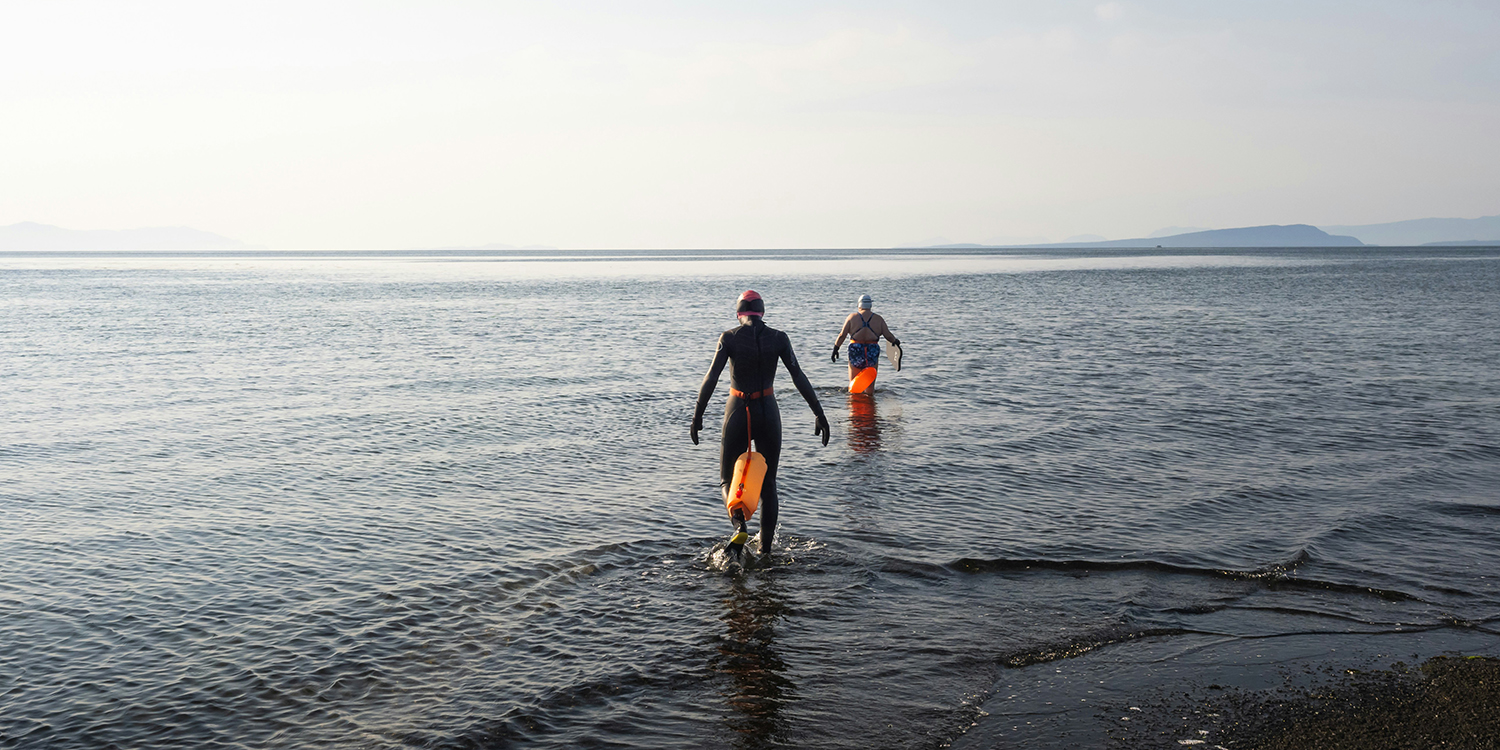Six cold-water safety tips every beginner should know before their first dip
While you might be excited to start your cold-water journey, there are a few safety considerations to be aware of before going for your first dip. We’ve created a list of six things a beginner plunger should know to make your first experience safe and fun.
1. Know your heart
Before stepping into cold water, it’s important that you’re aware of any pre-existing medical conditions that could be negatively affected by cold water therapy (CWT). Those with heart conditions should be especially careful and seek medical advice before heading for a dip. While CWT has many benefits such as increased blood circulation, it also causes stress to the body. A rise in the stress hormone levels can lead to an increased risk of abnormal heart rhythms, and in some cases cardiac arrest. The Association of Chartered Physiotherapists in Cardiac Rehabilitation suggests that if you have any heart conditions, it is best to stick to warm water with temperatures between 26-33°C.
2. Get used to it by taking cold showers
Instead of going for a full-on swim without any prior CWT experience, research suggests that it’s better to take a progressive approach. Together, the Royal Life Saving Society and Professor Greg Whyte of Liverpool John Moores University developed a two-week cold water exposure plan called the ‘Sponge to Plunge’. Within this, they suggest starting with 30-second cold showers and slowly building up your tolerance to a three-minute cold bath. Most medical advice recommends the water temperature of cold showers to be around 15°C.
3. When ready for the outdoors, take it slow
Even if you have done your warm-up by taking cold showers and have no pre-existing medical conditions, cold water shock is still a risk. This can happen when someone enters water, which is below 15°C, too quickly. Cold water shock is characterised by symptoms such as involuntary gasping, increased breathing rates, heart rate, blood pressure and the feeling of panic. So, when fully immersing yourself in cold water, remember to start slowly. Step into the water first, letting your feet and legs get used to the cold, then dip your arms and upper body into the water. Putting your head under water should be the last step of your full immersion.
4. Timing is everything
Once you get into cold water safely – be it a tub or wild waters – don’t try to stay in for too long. You need to build up your tolerance gradually, just like with cold showers. Staying in cold water for too long can lead to hypothermia, where your core body temperature drops below 35°C. While everyone’s tolerance is different, it’s important to understand your own limits. Begin with short immersions to see how long your body can withstand the cold water before you start to notice any signs. These include uncontrollable shivering, feeling numb, slow breathing, tiredness and confusion among others.
5. Never go alone
If you decide to venture outside, make sure to do it with friends who can support you. Going for a cold dip alone is not recommended, as with anything so extreme, things can go wrong. If you can convince your family or friends to accompany you, do it. If not, there are many cold water swimming groups that you can join, such as the worldwide community of The Bluetits, or the IceBreakers, a community for men who do cold dips in Bath, Brighton and Bristol.
6. Think about what you need
From warming up, to increasing your blood sugar levels with something sweet after your cold water dip, you should be prepared for everything. To make sure you have the right kit with you at all times, check out our list of 10 must-have items for cold water therapy.
We hope this short list has helped you feel more confident about starting your cold water journey, and remember, always make sure that your safety comes first.

